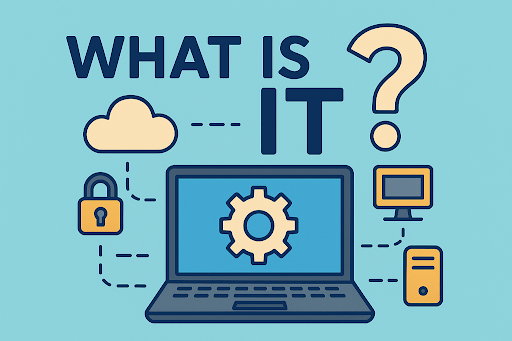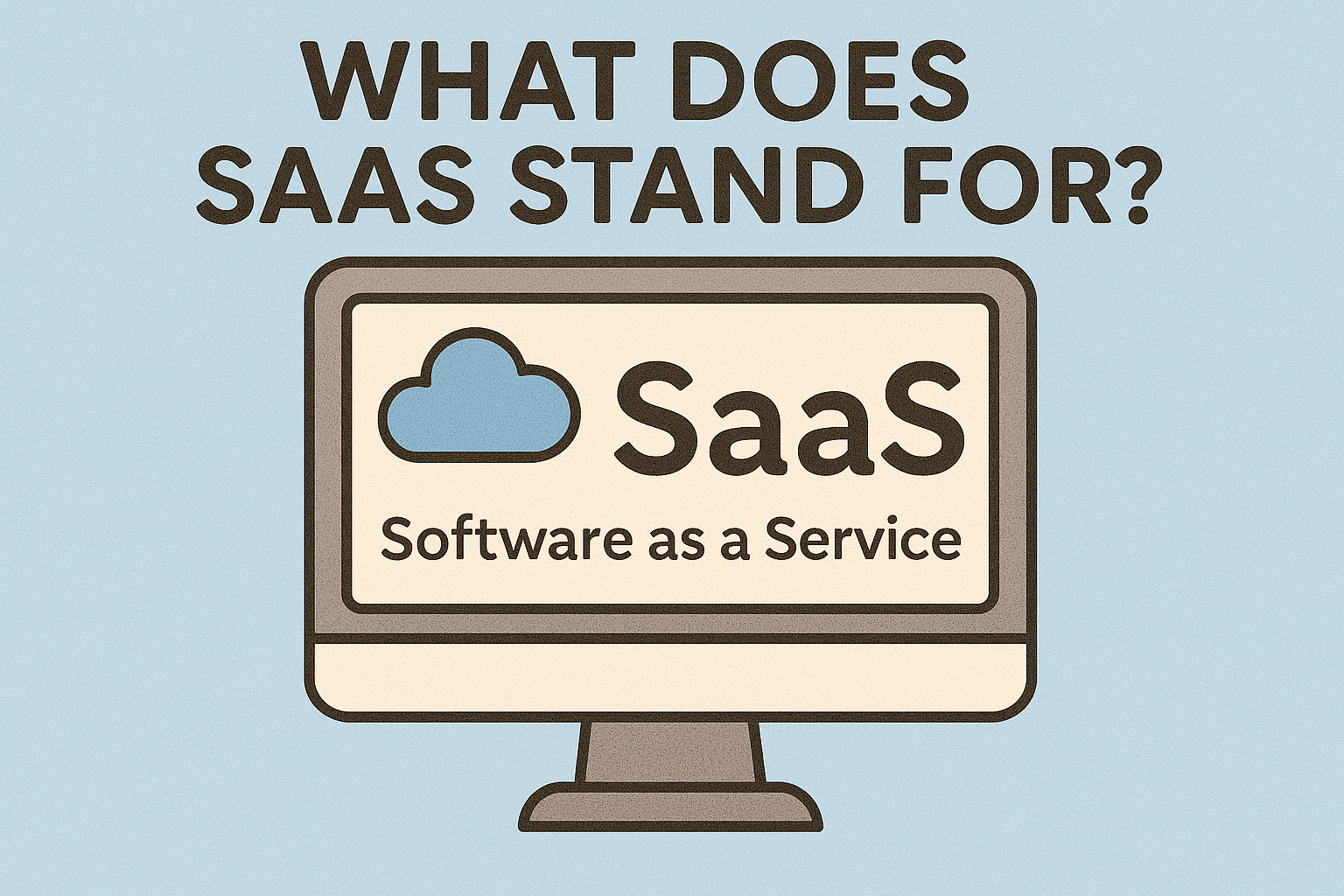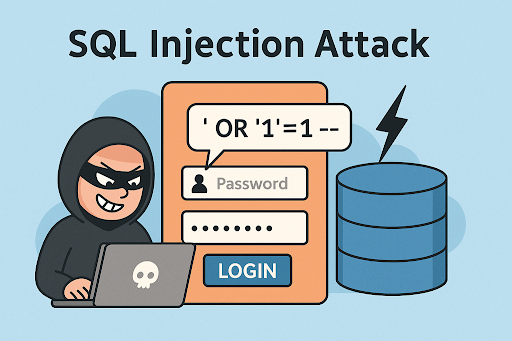What Is a JIT? A Complete Guide for IT & Cybersecurity Professionals
Updated on August 14, 2025, by Xcitium

Have you ever wondered why some businesses run lean, avoid unnecessary storage costs, and respond to customer demands faster than competitors? That’s the power of JIT — Just-in-Time. While the term originated in manufacturing, it has evolved into a valuable methodology in IT, cybersecurity, and software development.
In simple terms, JIT is a strategy where resources, processes, or services are provided exactly when needed, reducing waste and improving efficiency. For tech and security teams, this might mean JIT access control, JIT compilation, or JIT patching, all aimed at optimizing workflows and minimizing security risks.
What Does JIT Mean?
JIT stands for Just-in-Time — a methodology focused on delivering products, services, or capabilities only when required.
Core Principles:
- Minimal Waste: Reduce excess resources or stock.
- On-Demand Action: Only produce or activate when needed.
- Efficiency-Driven: Save time, money, and operational resources.
While JIT manufacturing is the most common example, in the IT world, it applies to on-demand resource allocation, security privilege access, and software execution.
Types of JIT in Technology & Cybersecurity
1. JIT Compilation (Programming)
In software development, JIT compilation translates code into machine language at runtime, improving execution speed without storing unnecessary compiled files.
- Benefit: Faster program execution.
- Example: Java Virtual Machine (JVM) uses JIT to optimize app performance.
2. JIT Access (Security)
In cybersecurity, JIT access gives users or systems temporary elevated permissions only when needed.
- Benefit: Reduces the attack surface by limiting standing privileges.
- Example: Admin rights granted for a short window to install software.
3. JIT Patching (IT Maintenance)
IT teams apply JIT patches to fix vulnerabilities immediately after detection.
- Benefit: Minimizes exposure to cyber threats.
- Example: Applying a critical OS security update right before a system restart.
Why Is JIT Important in IT & Cybersecurity?
1. Security Enhancement
By using JIT access, organizations prevent unauthorized use of privileged accounts. This is vital for zero-trust architecture.
2. Resource Optimization
JIT ensures computing power, memory, and storage are used only when required.
3. Cost Savings
Eliminates unnecessary resources, software licenses, or hardware use.
How JIT Works in Practice
Example: JIT Access in a Secure Environment
- A system admin requests elevated privileges.
- Approval is granted through an access control platform.
- Permissions expire automatically after the task.
This ensures no permanent high-level access exists to exploit.
Benefits of Implementing JIT
- Improved Security: Reduces attack vectors.
- Operational Efficiency: Eliminates bottlenecks.
- Regulatory Compliance: Meets security standards like NIST and ISO.
- Faster Deployment: In development, JIT compilation speeds up release cycles.
Challenges of JIT
- Requires Accurate Forecasting: In manufacturing or IT resource planning.
- Dependency Risks: If supply or resources are delayed, processes stop.
- Initial Setup Costs: Tools for JIT access or JIT compilation require investment.
Best Practices for Using JIT in IT Security
- Integrate with Identity Management Tools
Link JIT access control to IAM solutions. - Use Multi-Factor Authentication (MFA)
Combine JIT with MFA for extra protection. - Set Strict Time Limits
Expire permissions automatically after use. - Audit Access Logs
Regularly review who accessed what and when.
Frequently Asked Questions (FAQ)
- What is JIT in programming?
JIT in programming refers to compiling code at runtime for faster execution. - What is JIT access in cybersecurity?
It is a method to grant temporary access to privileged accounts for security purposes. - Is JIT used in cloud computing?
Yes, cloud platforms use JIT to allocate computing resources dynamically. - What are the benefits of JIT in IT?
Enhanced security, reduced waste, and improved efficiency. - What tools support JIT access?
Privileged Access Management (PAM) tools like CyberArk, BeyondTrust, and Azure AD.
Conclusion
What is a JIT? It’s more than a manufacturing principle — in IT and cybersecurity, it’s a game-changer for security, efficiency, and cost control. Whether it’s JIT access to protect systems or JIT compilation to boost performance, adopting this methodology is a smart move for forward-thinking organizations.
Ready to Improve Your Security with JIT Access?
Protect your endpoints and critical data with advanced, Just-in-Time security solutions from Xcitium.
















